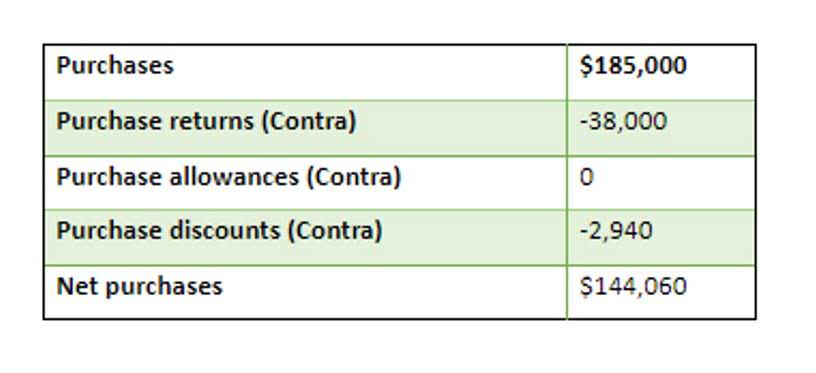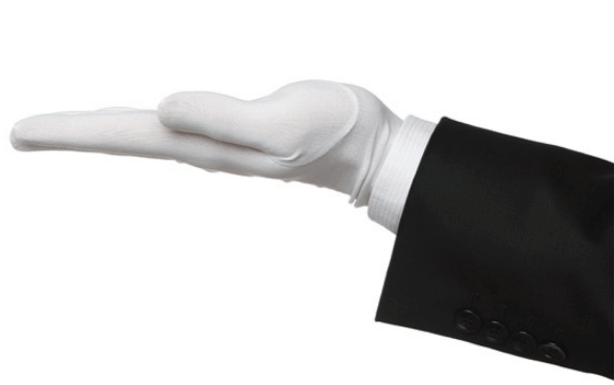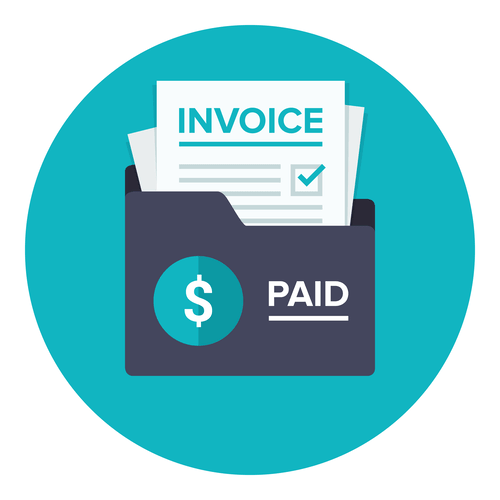
The amount to be paid and the hours worked by the employee are added in the software along with other relevant information. The software then creates a journal where the cash account gets credited. When a payment is made to the supplier, the accountant will enter the invoice number in the software which will result in a credit or cash account in the transaction records of the firm.

FinCEN Assesses Record $1.3 Billion Penalty against TD Bank
The next transaction figure of $4,000 is added directly below the $20,000 on the debit side. This is posted to the Unearned Revenue T-account on the credit side. In this module we will review the process of recording proper entries into the general journal. We will start by walking through the step-by-step process of analyzing and recording service business transactions that follow the debit and credit rules. You will then have the opportunity to record transactions in the general journal on your own in this module’s graded recording transactions activity. If a supplier invoice is received, the accountant can record it in the accounts payable section of any accounting software.
Join over 3,400 global companies that choose Coursera for Business

We will use the Cash ledger account to calculate account balances. Another key element to understanding the general ledger, and the third step in the accounting cycle, is how to calculate balances in ledger accounts. Recall that the general ledger is a record of each account and its balance. Reviewing journal entries individually can be tedious and time consuming.

What is transactional accounting?

As a smaller grocery store, Colfax does not offer the variety of products found in a larger supermarket or chain. In this module we will introduce the trial balance and the process of correcting entries. We will begin with an overview of how to transfer data from the ledgers to the trial balance, and continue with a step-by-step walkthrough of correcting entries.
- The credit column totals$7,500 (300 + 100 + 3,500 + 3,600).
- The next transaction figureof $2,800 is added directly below the January 9 record on the debitside.
- It lets you track your business’s finances and understand how much cash you have available.
- The next transaction figure of $100 is added directly below the January 12 record on the credit side.
- In the debit column for this cash account, we see that the total is $32,300 (20,000 + 4,000 + 2,800 + 5,500).
- You will notice that the transactions from January 3, January 9, and January 12 are listed already in this T-account.
- The record is placed on the credit side of the Accounts Receivable T-account across from the January 10 record.
- An additional benefit is that the amounts will move electronically and the account balances will be automatically calculated with speed and accuracy.
- In the journal entry, Utility Expense has a debit balance of $300.
- How do we know on which side, debit or credit, to input each of these balances?
In the journal entry, Utility Expense has a debit balance of$300. This is posted to the Utility Expense T-account on the debitside. You will notice that the transactionsfrom January 3 and January 9 are listed already in this T-account.The next transaction figure of $300 is added on the creditside. We know from the accounting equation that assets increase on the debit side and decrease on the credit side. If there was a debit of $5,000 cash flow and a credit of $3,000 in the Cash account, we would find the difference between the two, which is $2,000 (5,000 – 3,000).
